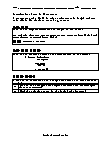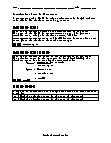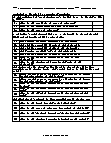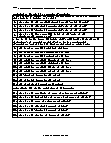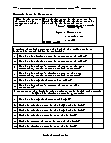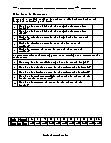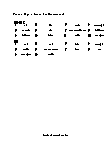Error in Measurement Worksheets
What Causes Errors in Measurement? Observational error (or measurement error) is the difference between a measured value of a quantity and its true value. In statistics, an error is not a "mistake". Variability is an inherent part of the results of measurements and of the measurement process. Measurement errors can be divided into two components: random error and systematic error. Random errors are errors in measurement that lead to measurable values being inconsistent when repeated measurements of a constant attribute or quantity are taken. Systematic errors are errors that are not determined by chance but are introduced by an inaccuracy (involving either the observation or measurement process) inherent to the system. Systematic error may also refer to an error with a non-zero mean, the effect of which is not reduced when observations are averaged.
-
Basic Lesson
Guides students through determining relative error and range of tolerance. A measurement of a field is taken to be 250 m in length and 600 m in width. The absolute error is ± 0.05 m.
View worksheet -
Intermediate Lesson
Demonstrates how to find absolute error and percent error. What is the absolute error in the measurement of the area? The area of the field is 250x600=150000 sq m. The greatest possible area, using the absolute errors, will be 250.05mx600.05=150425.25 sq m. The difference between these two areas gives the absolute error of 425.25 sq m.
View worksheet -
Independent Practice 1
A really great activity for allowing students to understand the concepts of the Error in Measurement. A ruler has a precision of 0.1 cm. A rectangle is measured to be 16.6 cm in length and 10.4 cm in width.
View worksheet -
Independent Practice 2
Students use Error in Measurement in 20 assorted problems. The answers can be found below. A box is 24 inches long, 10 inches wide and 6 inches high when the dimensions are rounded to the nearest inch. Assuming the measurements are off by 2%, find to the nearest cubic inch.
View worksheet -
Homework Worksheet
Students are provided with 12 problems to achieve the concepts of Error in Measurement.
View worksheet
Pure or Applied?
Relations between pure and applied mathematicians are based on trust and understanding. Namely, pure mathematicians do not trust applied mathematicians, and applied mathematicians do not understand pure mathematicians.
